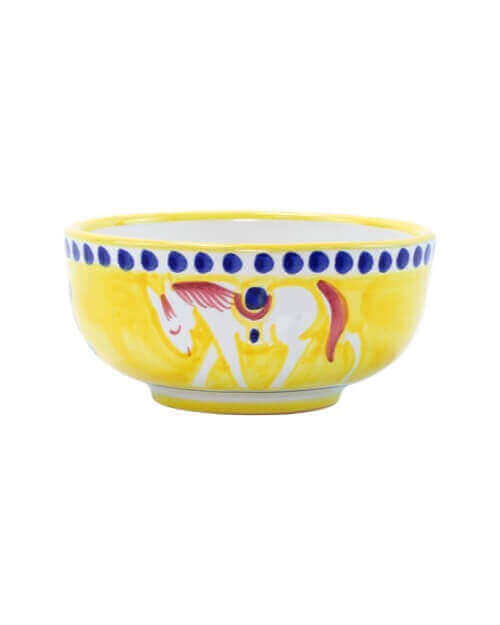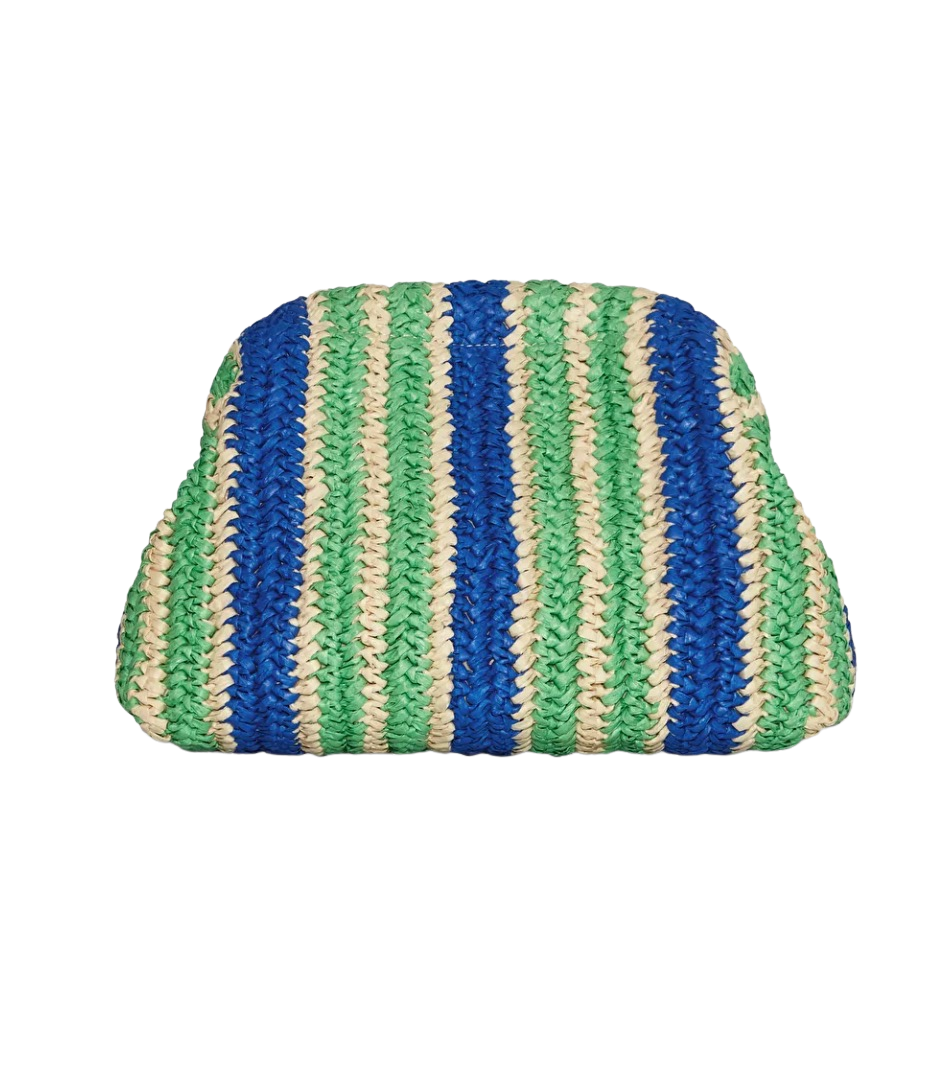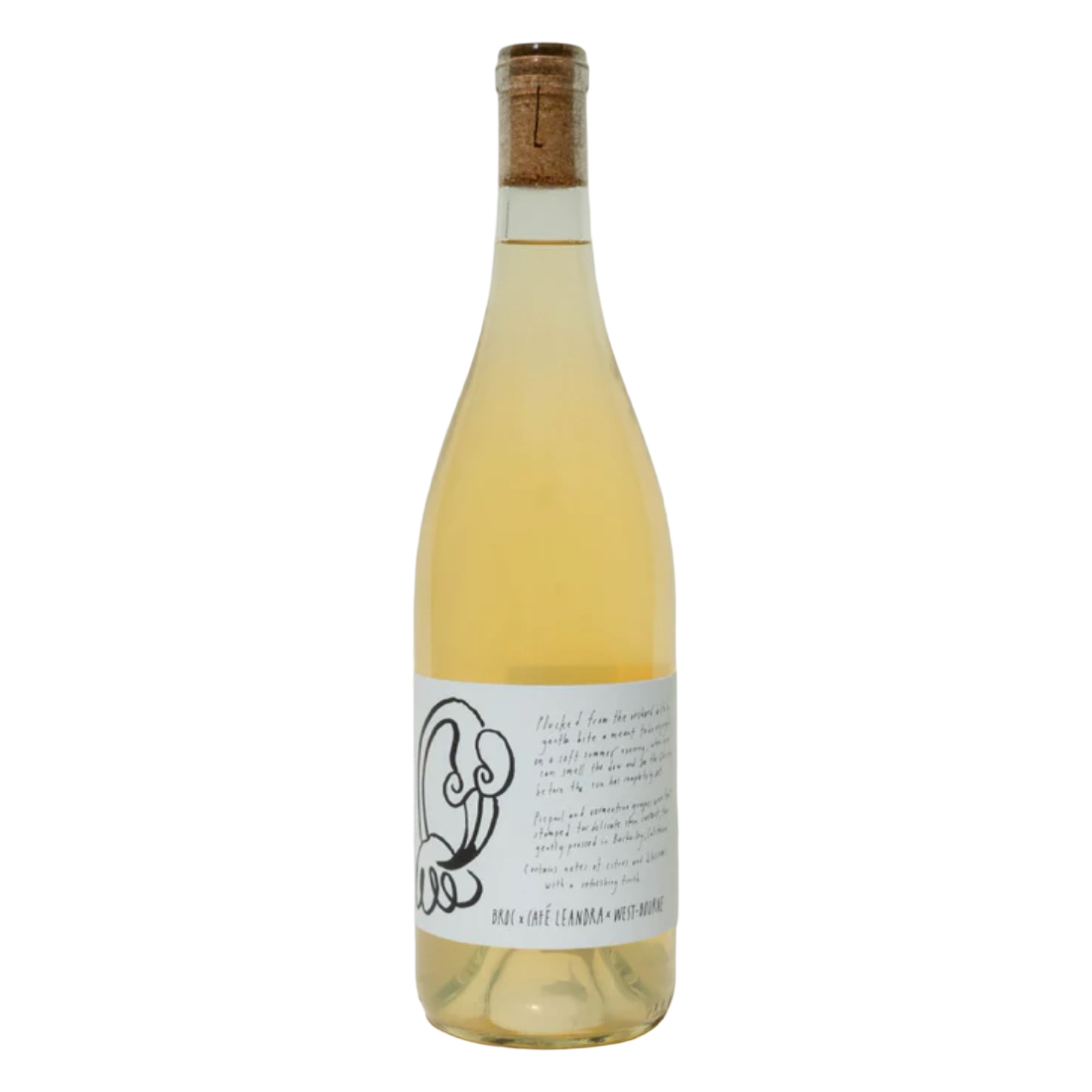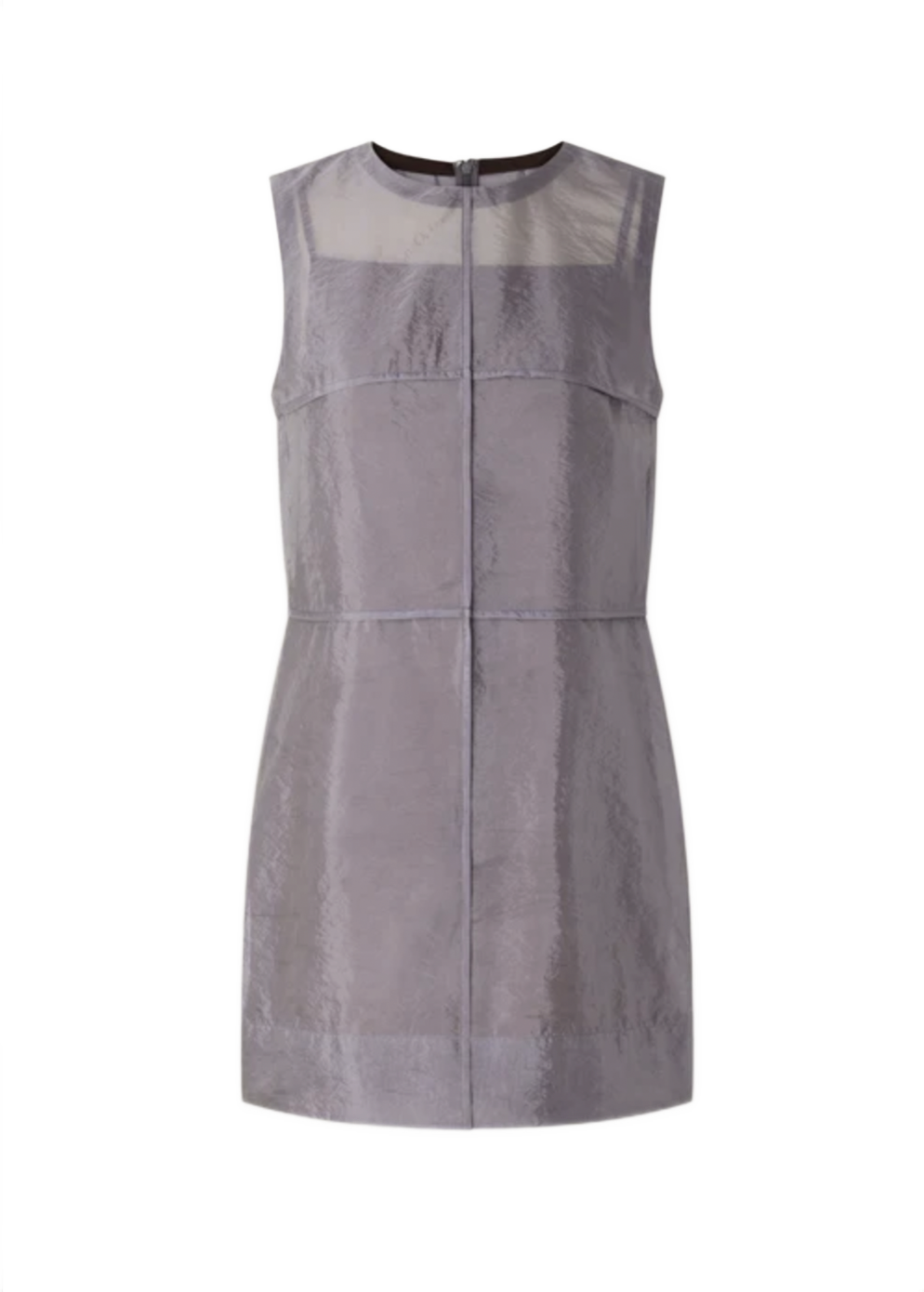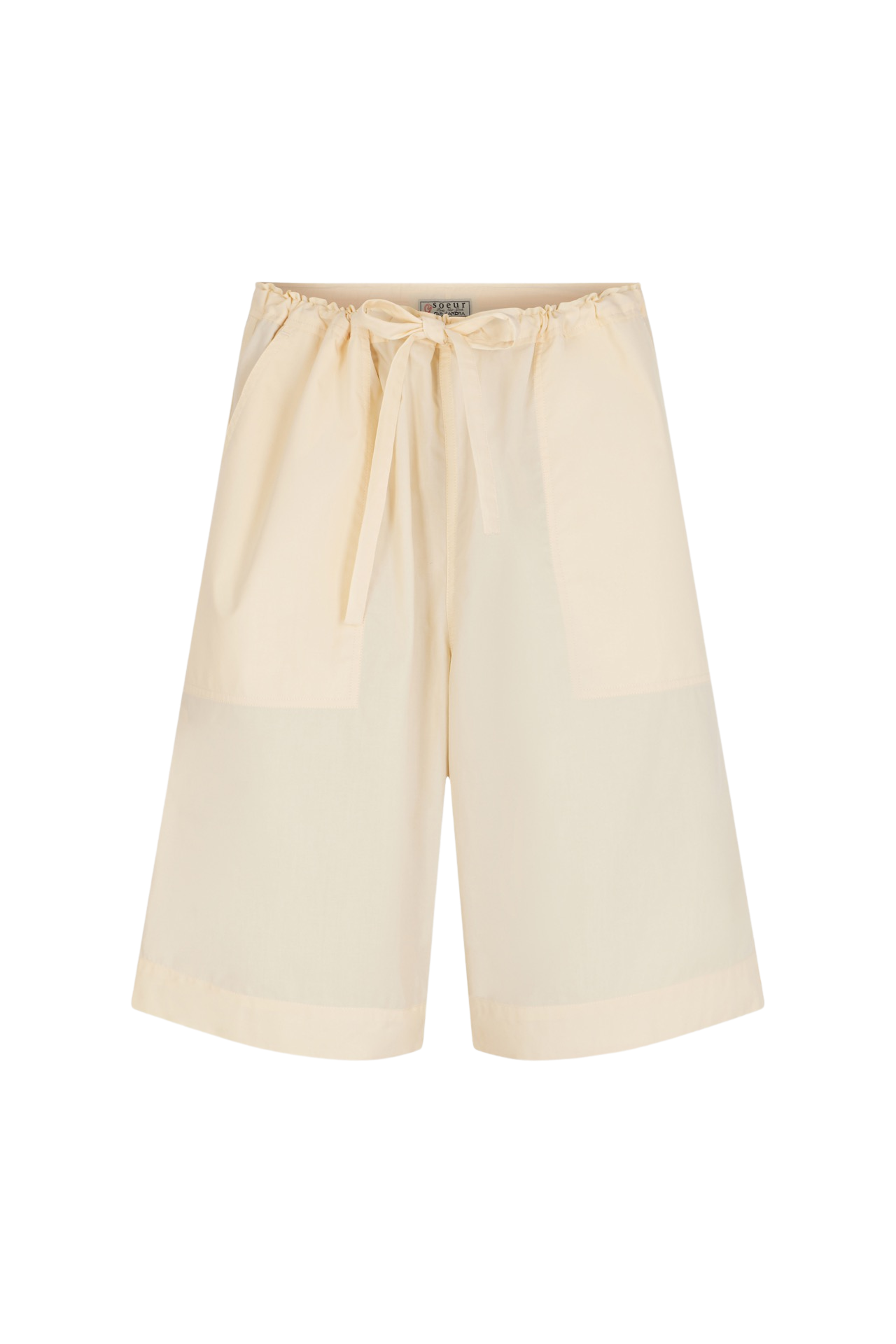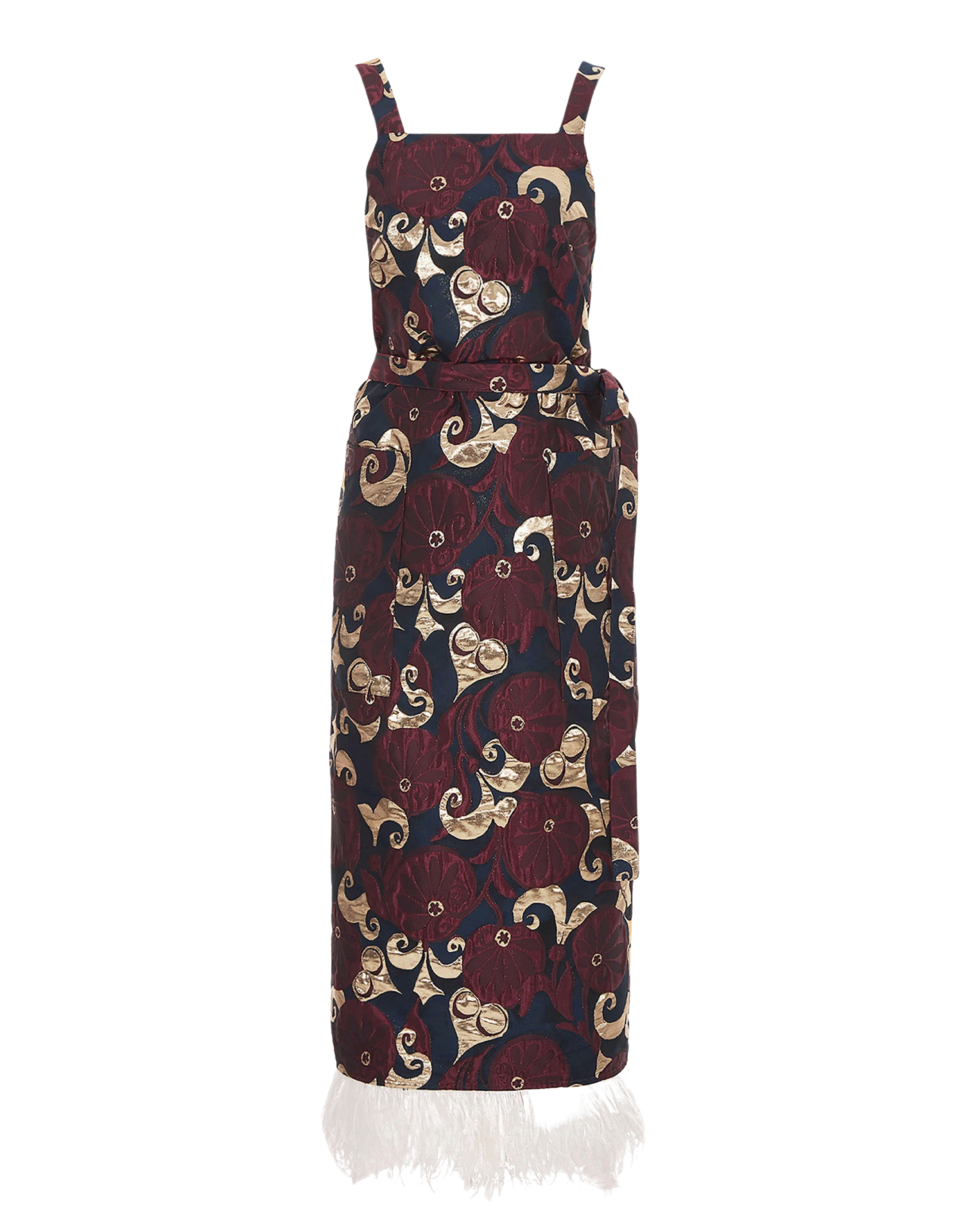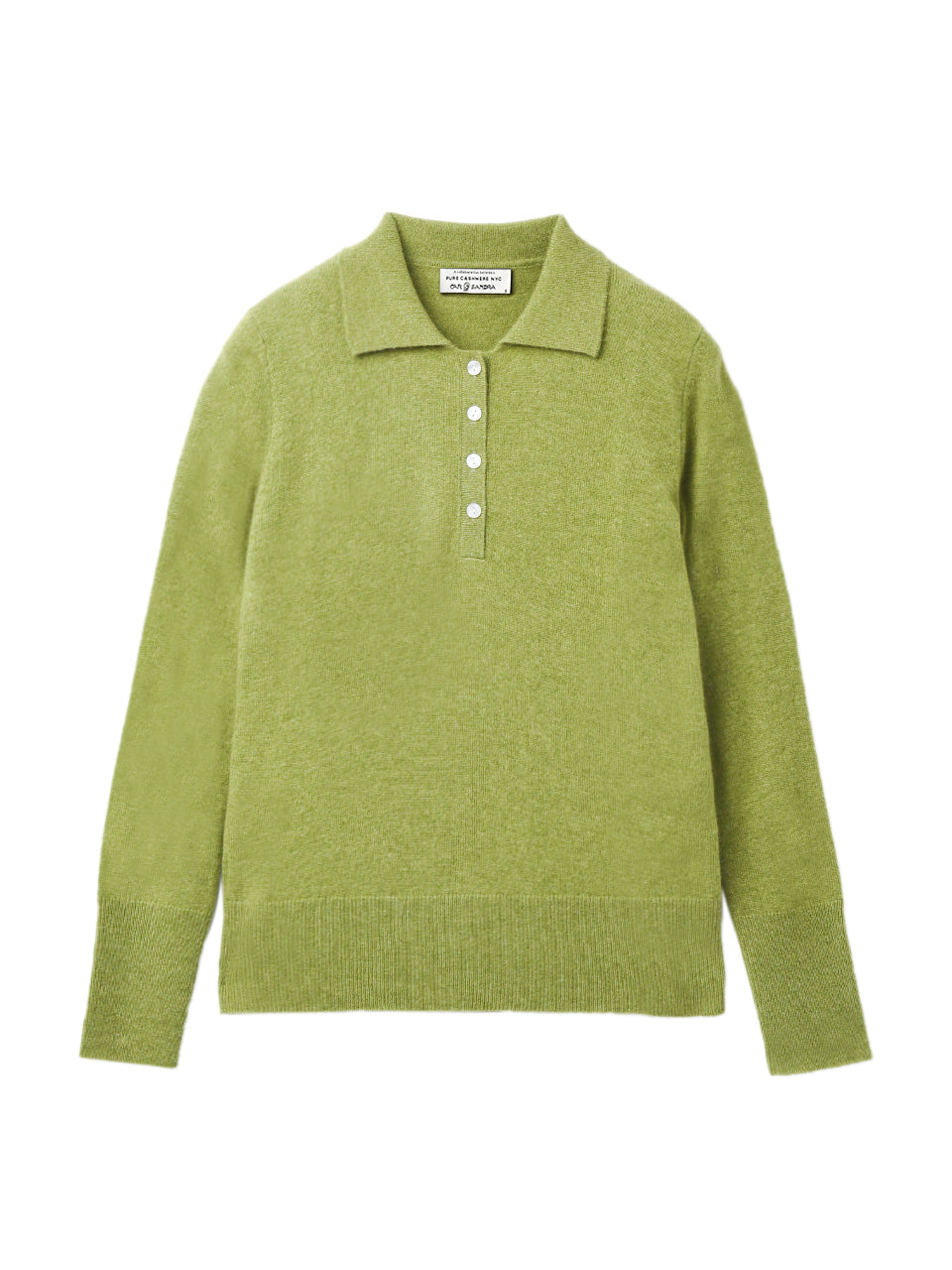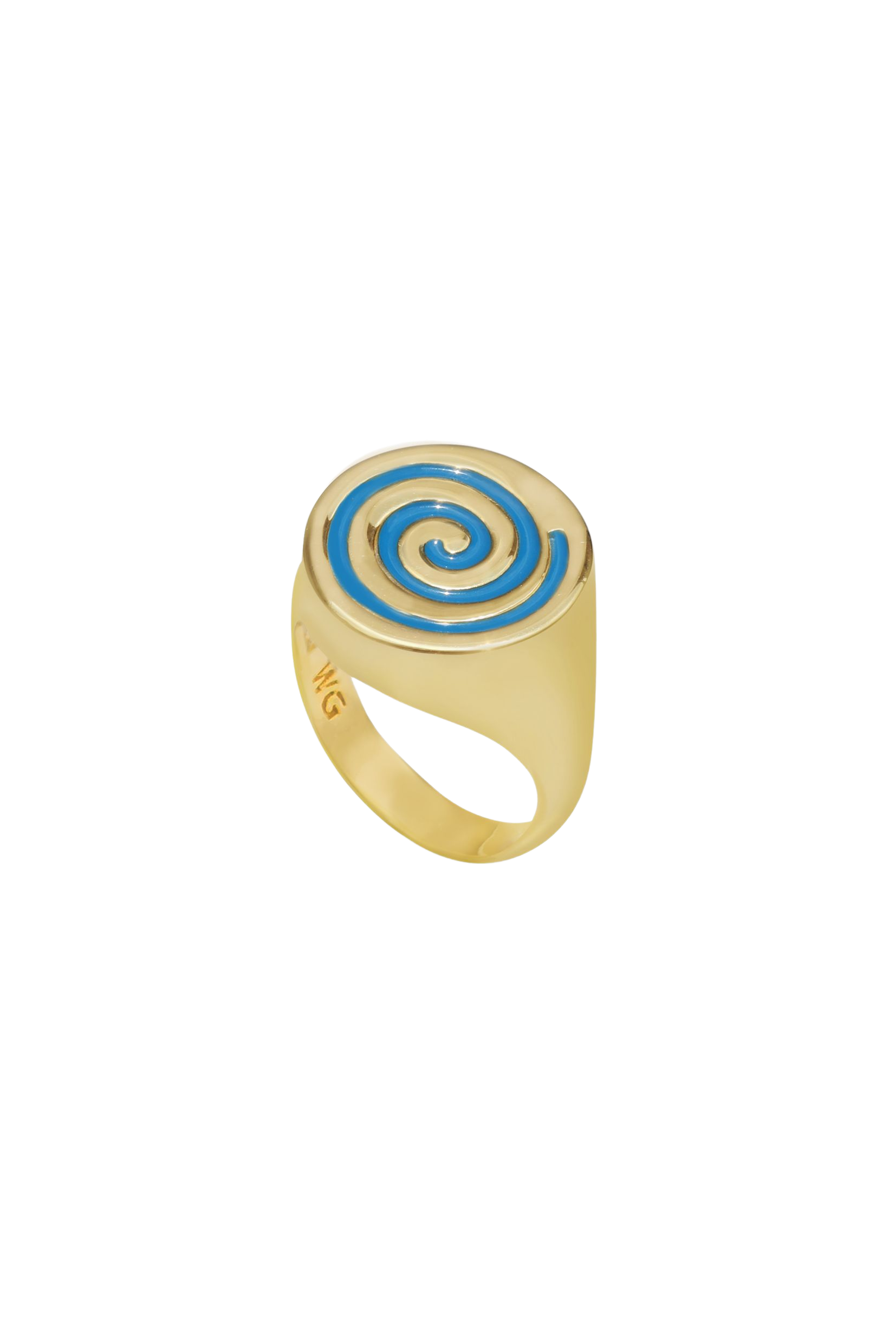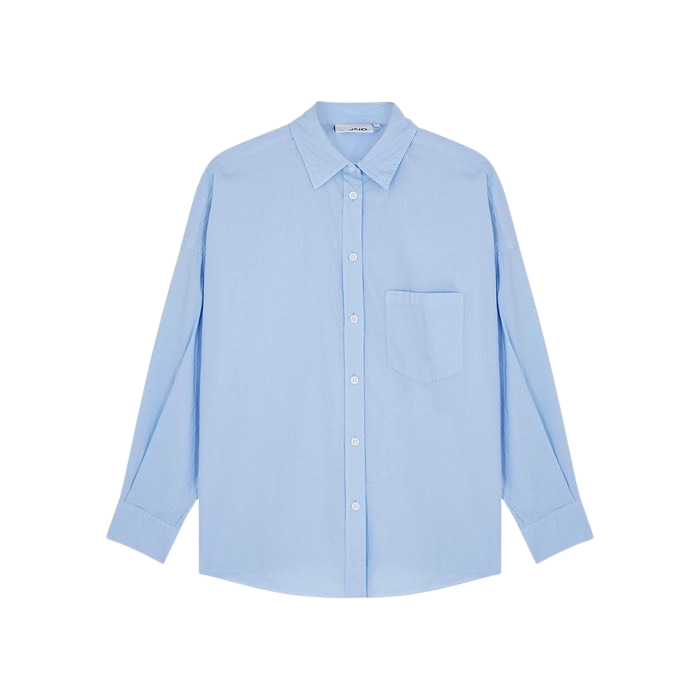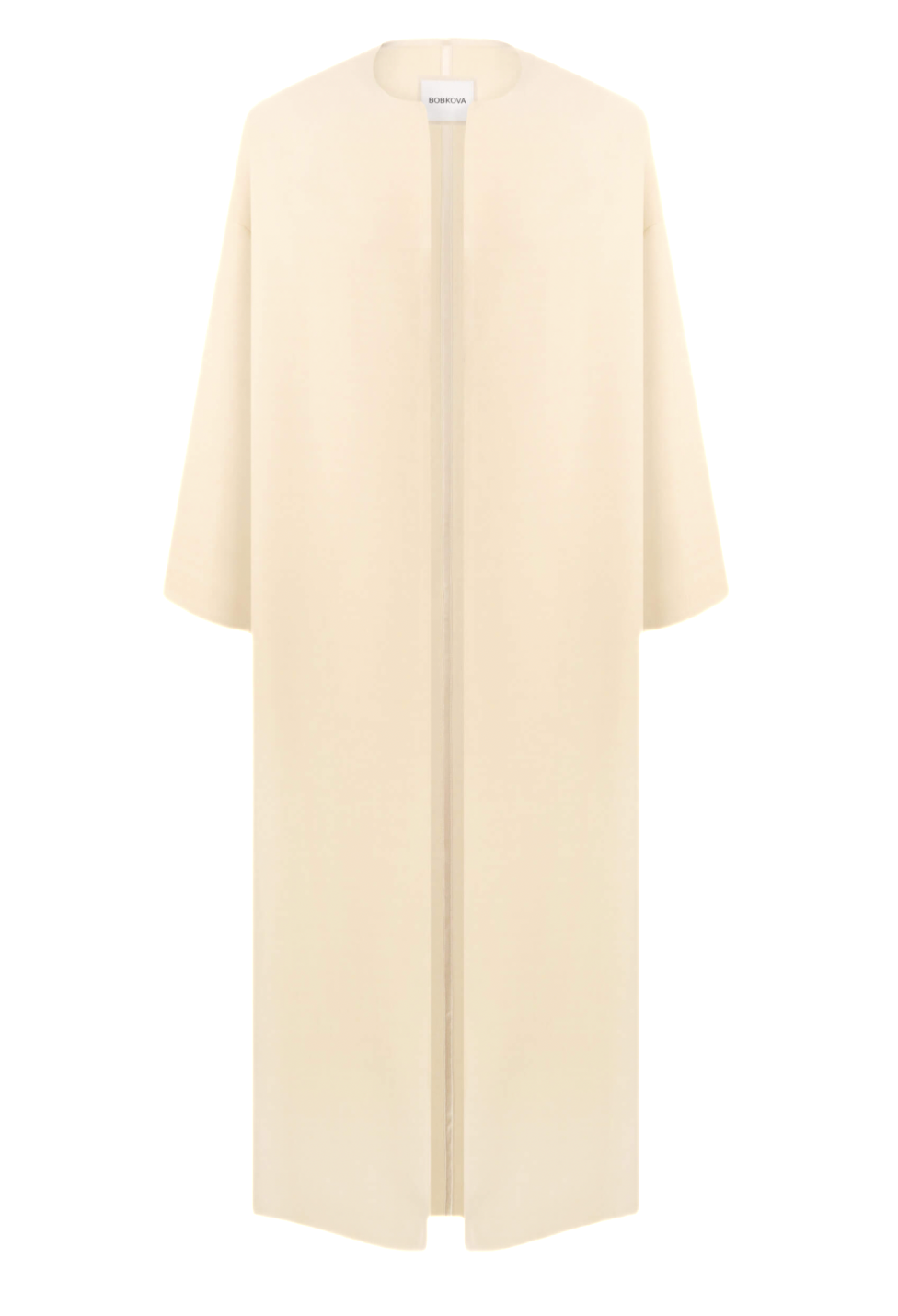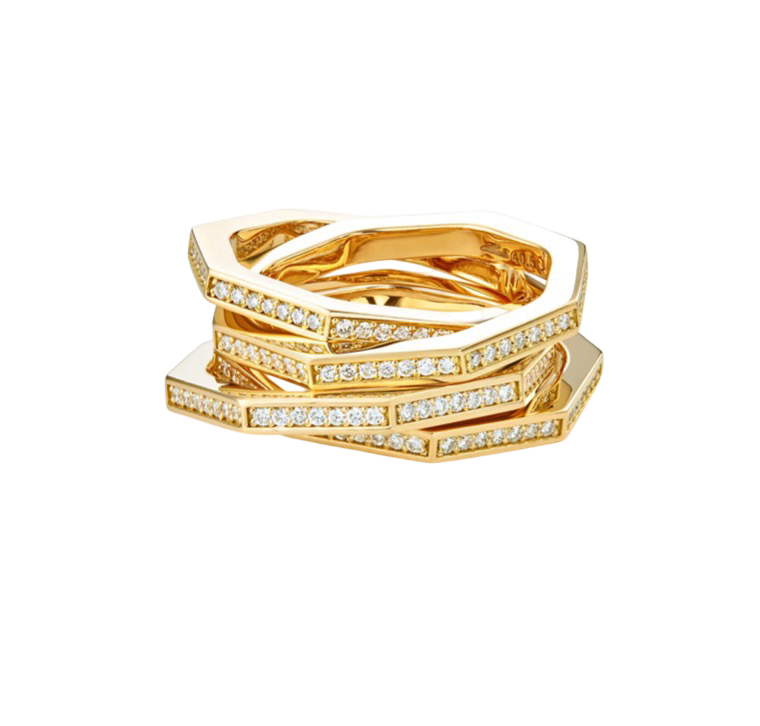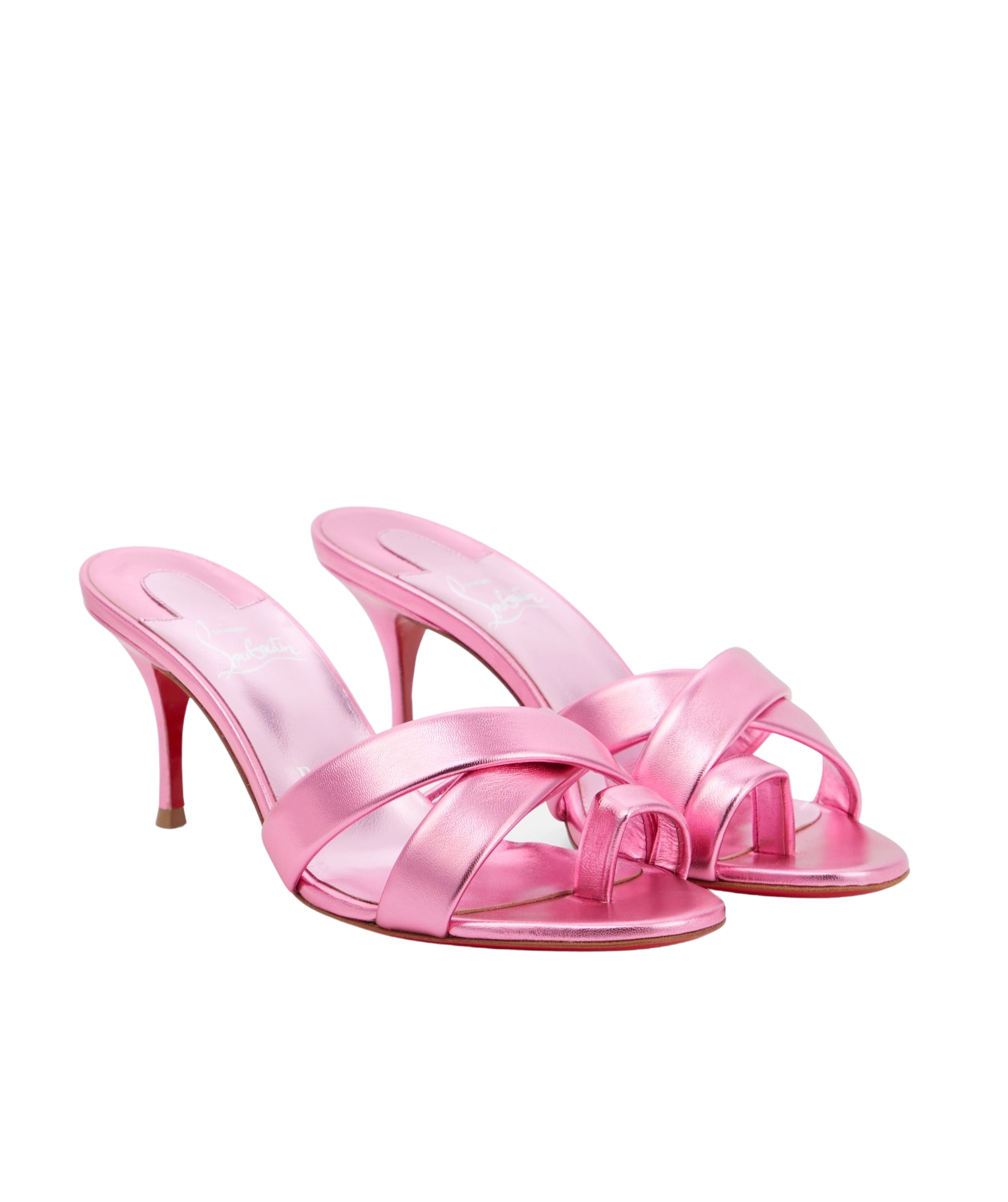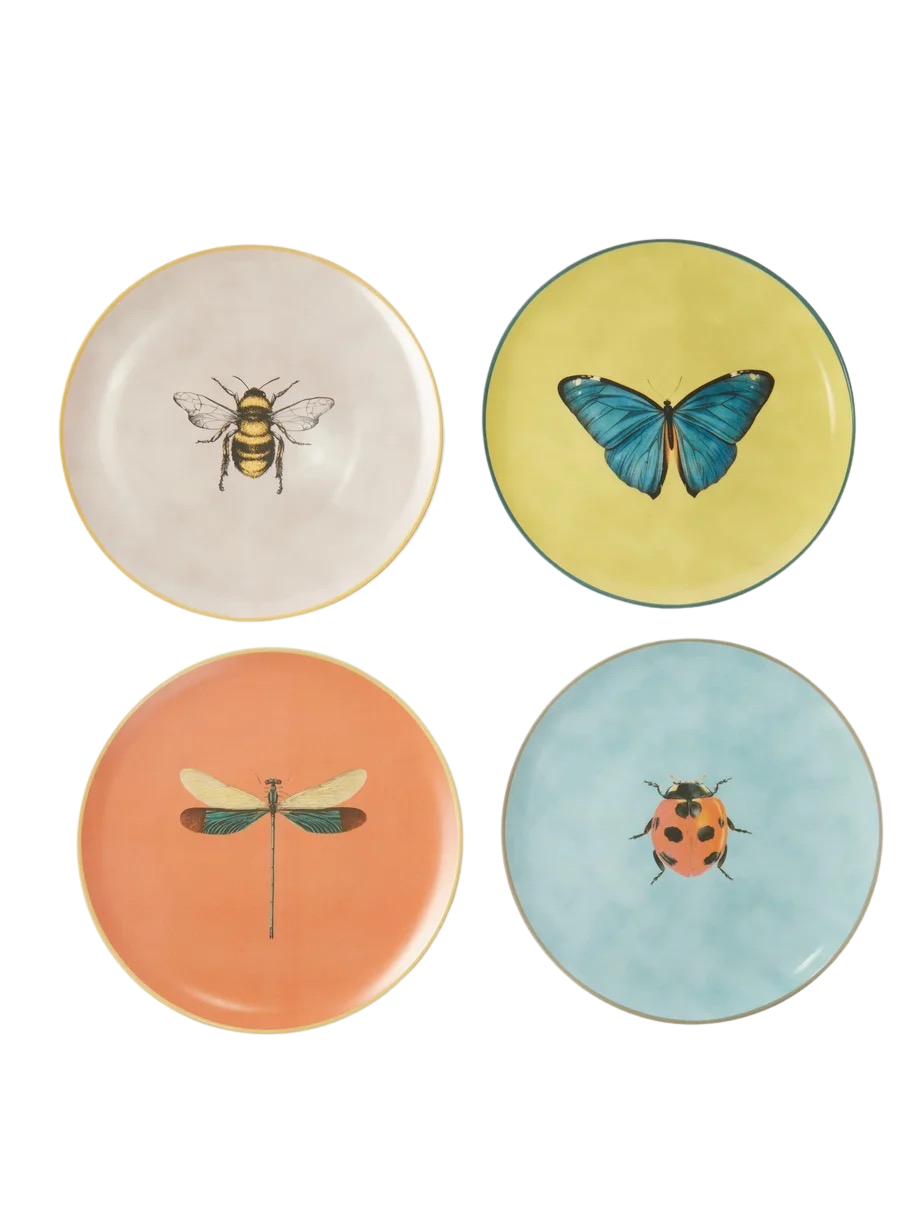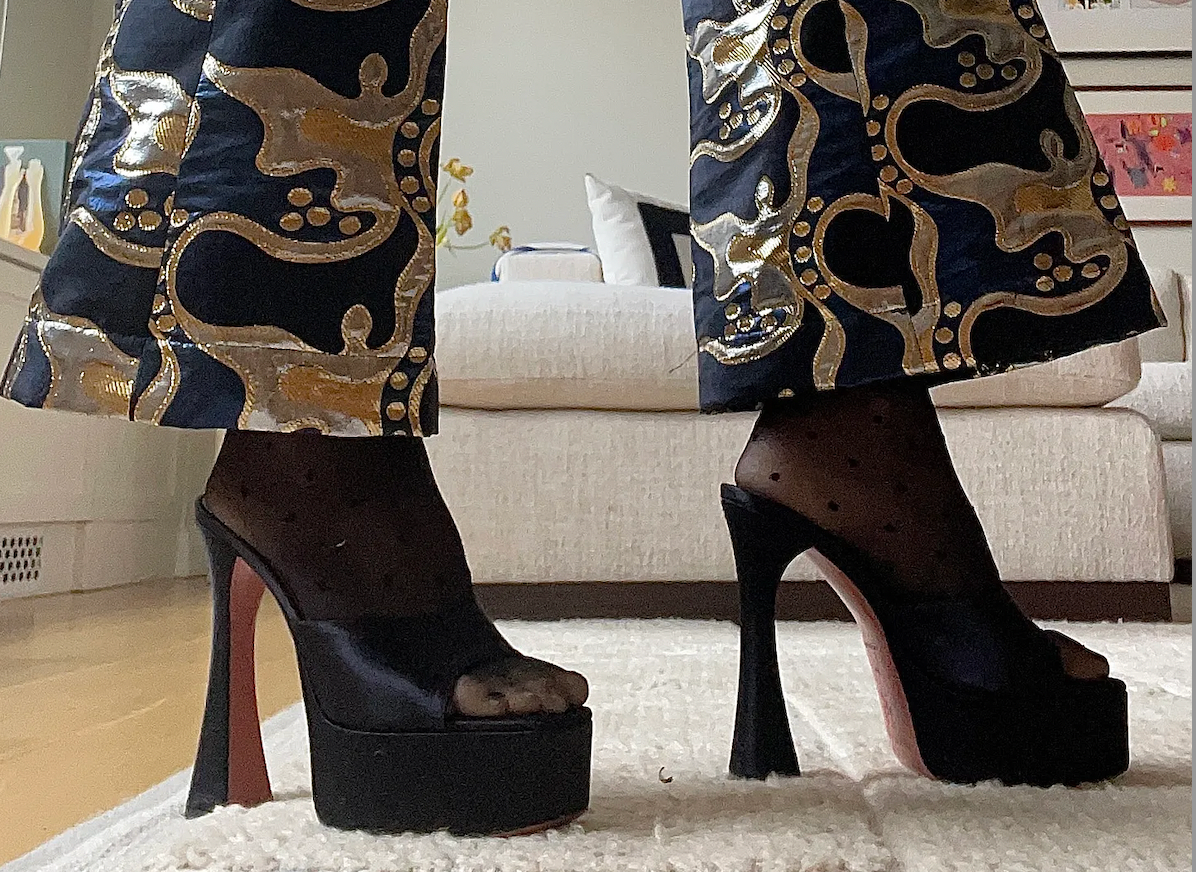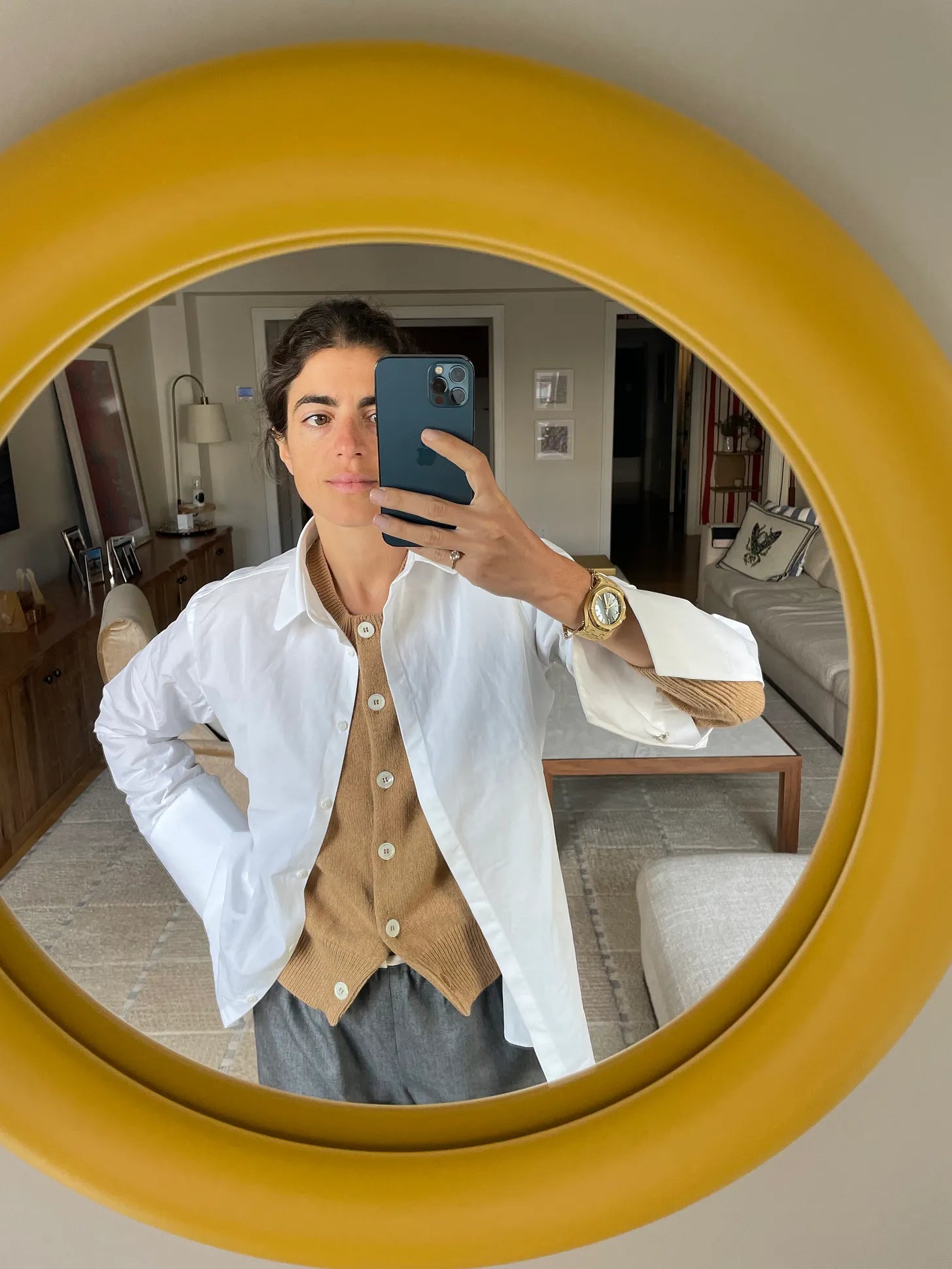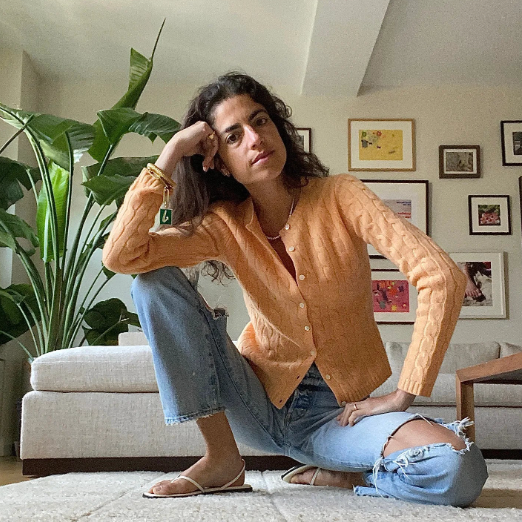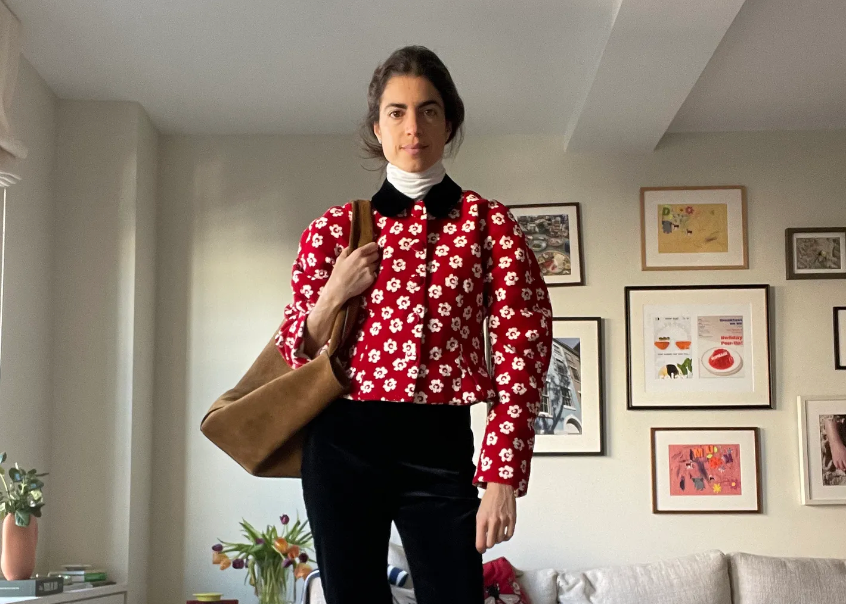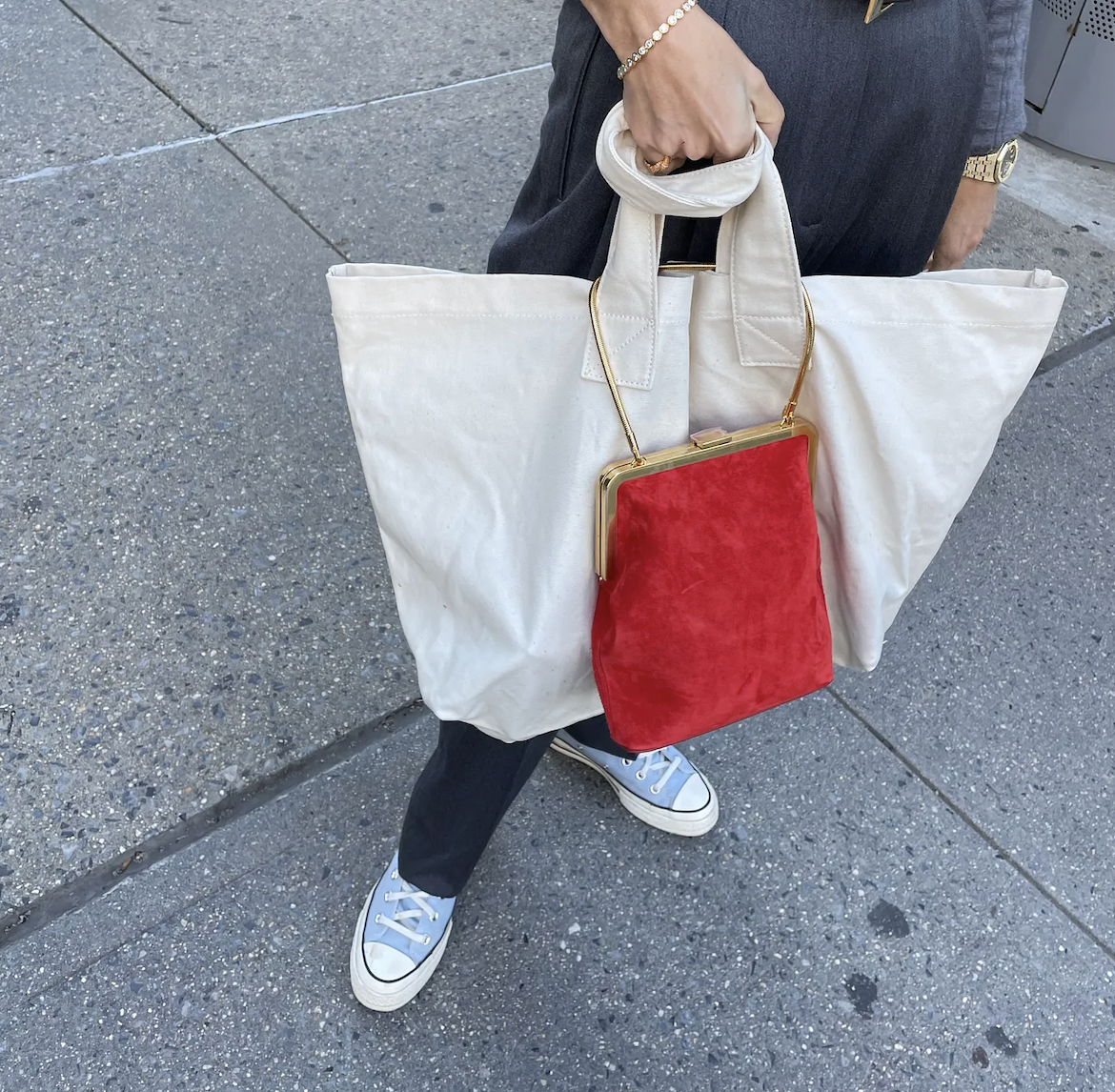Emotional resonance
I keep thinking about emotional resonance this week. About what happens when an expression of vulnerability is laid out for the public, the way it can bring up a feeling in you no matter how close or how far you are from the expression. This is a basic principle of good art, which I have known and which I have felt, but which I have possibly left disconnected until a few weeks ago in New York, when Fashion Week was here and Maryam Nassir Zadeh presented a collection for the Spring 2023 season.
I wasn’t at the show, but I could feel it just the same. The collection was genuine and authentic, and mostly it was intuitive. I haven’t used that word before to describe what I so often mean when I’m talking about raw honesty, but that is what it is — a sort of primitive intuition, guided from an underbelly that seems to know more than the conscious mind about what its craft is supposed to do.
The clothes’ details conveyed real life: imperfect ruching and splatters of color and slabs of sheer fabric in uneven measure created some of the best garments.
One bra top looked like two linen coasters, strung together in tender memory of a well-worn summer season while the lacework on some skirts and tops reminded me of the table runners I grew up draping over my own shoulders, the ones my Iranian mother brought with her to the United States when she came.
These are the harkenings — reimagined by Nassir Zadeh with so much confidence and grace — that always incline me to further accept the ridges of my own inner trail.
And especially this week, well after the show, as women in Tehran beg for liberation from the oppressive edicts of their government. I can’t help but think of the women who came before the ones so many of us have become. Those who have taken the risks, broken their own hearts, dislocated and suffered so that their seedling could spin the courageous acts of their resistance and worry and pain into what become new stories, these commemorative artifacts that weave in a sort of silent exaltation and solemnity, so beautiful that you feel safe enough to find an access point of relatability.
If nothing else today, we should know there are women on the ground taking very real risks for a shot to write their own new stories.
In Milan, Gucci’s Alessandro Michele staged a show of 68 looks with 136 models; each look was duplicated and worn by a set of twins. His show notes paid tribute to his mother, who it turns out was an identical twin herself. “I am a son of two mothers,” he wrote.
The duplicity poured through the collection in a series of looks that were on one hand tailored and straight, buttoned up and tied to the collar; on the other wild and free — in animal prints and loads of sequins and bright color exploding into what presented the illusion of endless yards of fabric.
The best of these looks, in my opinion, were those that melded the “genetic solidarity” (a term he used to describe the bond between his mother and aunt) he alluded to — that took apart then put back together the features of these identities — strikingly similar but ultimately unique.
But the whole of the collection was pretty classically Gucci, and I was struck by the inclination I felt from all these miles away to write about the show at all. Seasons pass where I can barely muster a sentence about clothes, not because they’re not good or bad or because I do or don’t like them but simply because of indifference. Because there’s no charge. The emotional resonance, though, seemed to be front and center.
In a post-show press conference that was mentioned in Nicole Phelps’ Vogue Runway review, Michele mentioned that “clothes are not enough.” This was in reference, it seems, to the state of the world. But what calmed him backstage, he said, was the feeling of family — its presence within the clothes.
It’s funny to hear so many members of fashion exclaim that clothes are not enough. I get the sentiment, and don’t doubt it is true — clothes will not solve the problems of our world, and to the extent they are used to escape those problems, we do ourselves the devastating disservice of ignoring reality, but if we can reckon with reality, hold this and acknowledge that clothes are here too (a duplicity in its own right), they can also help us communicate the emotional distress that often hides behind the seams of our energetic setbacks. Help us find ground, as they did for Michele through the nurturing reminders of his own family, and onwards move from there.
Everyone’s talking about Bottega Veneta — mostly about Kate Moss, who walked the runway in a pair of baggy jeans and a plaid button-down. I’ve been more consumed by the white cotton henleys and simple, layered skirts and dresses interspersed throughout the collection. But it’s impressive that those opening looks were rendered in leather, not denim and flannel. And the shirt, in particular, took (per Vogue Runway’s Nicole Phelps), “12 layers of prints to achieve the depth of color Blazy was after.”
He said in their interview, “It’s this kind of casual comfort and we put it to an extreme and we call it perverse banality.”
A Devil Wears Prada moment to be sure.
Mostly though, it’s hard not to want to talk about the collection for the simple reason that, yes, Mathieu Blazy’s work is like a perfect expression of exactly what so many women want to wear right now, but also, the emotional resonance — the extent to which it is obvious that Blazy was guided by instinct in his bringing this collection to life. In the amount of work that went into spinning out what in so many places looks so simple, complicated as construction may have been.
This season, his own know-how shows and it’s hard not to be seduced by that confidence.
The whole thing made me think of how straightforward the equation is: make the clothes that people are showing you they want to wear but make them better.
It could sound like The Row, but it’s not like The Row, which isn’t interested enough in appealing to an emotional audience, or getting too wrapped up in making culture. It reminds me more of someone like Demna Gvasalia or the late Virgil Abloh, two of the great masters of cultural interpretation — both of whom have absorbed what is happening within the cultures that appeal to them and have been able to turn them into cult expressions of the moment. With Bottega Veneta, this expression is handled more practically, in a more Philo-esque nod to dressing women to live their lives.
I’ve not yet even touched Prada, a collection packed with so much intensity it can beckon a book, but even so with the season currently in progress, I’m growing ever more certain that what it takes for a designer to feel comfortable taking a creative or intellectual risk is simply the courage to be vulnerable — to make an emotional plea then to let it out into the world for interpretation.
Signing off yours,
Leandra





